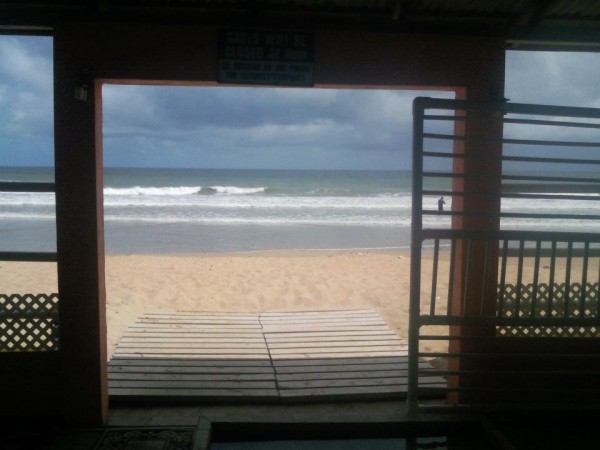
creative commons licensed ( BY-SA ) flickr photo shared by cogdogblog
“OER include full courses, course materials, modules, textbooks, streaming videos, tests, software, and any other tools, materials, or techniques used to support access to knowledge…. although the mix of material varies by course, the overall mix now includes syllabus, course calendar, lecture notes, assignments, exams, problem and solution sets, labs and projects, hyper-textbooks, simulations, tools and tutorials, and video lectures” (Atkins et al, 2007, p. 3).
Some of the reasons why OER might not be readily used by educators:
- They are not always easily found…need for more search engines and databases to let instructors know all that is available.
- The format of some OER is not as “open” as needed, so it can be frustrating or impossible to implement the 5Rs.
- It could take a lot of time to review OER for quality, usability and suitability, and some educators simply cannot be bothered. Each semester, publishers send university lecturers texts and resources for review, which is often the easier route to go when rushing to get ready to teach a course. As it becomes easier to find, unlock and adapt quality OER, I hope more educators will use them.
- OER need to be culturally appropriate for diverse audiences. Universal design is important from the start. I know one can take and adapt an OER, but this could be a lot of work if it is not designed up front with adaptation and reusability in mind.
- I think many institutions that say they support open initiatives are simply paying lip service to the movement. Leadership is often lacking, and adequate resources to find and adapt OER is also missing. A culture of open needs to start at the top where power lies…employees may want to share resources openly, but cannot do so if the company policy forbids it.
Open matters for several reasons:
1) It’s a social justice issue. For too long, higher education has mainly been available to upper class folks who have the finances to send their kids to university. IQ and academic capability have little to do with money, but accessibility and learning opportunities do. The ridiculously high cost of a higher education provides a definite barrier to many who wish to seek learning opportunities to improve their lives and make a contribution to their communities.
2) Knowledge should be shared as a moral imperative. Why would anyone want to lock up content and other forms of knowledge from those who need it. There was a time when people with money were the only ones able to buy encyclopedias for their kids. Now, Wikipedia is becoming very popular as a source of information on various subject matter. WikiEducator also provides a medium for educators to share resources and ideas with each other on an international scale.
3) Knowledge can also be created in a collaborative fashion. Various technology tools are allowing communication at a distance, so people can collaborate on projects, no matter what time and place works best for them. I still am so amazed that I could communicate with educators “across the ocean” and share ideas with him about topics such as course design. It’s wonderful to share ideas in an open fashion, with the hope it will be of benefits to others in the future. I see the open movement as a wonderful opportunity for each of us to give the gift of knowledge to the world.
Reference
Atkins, D., Brown, J., & Hammond, A.L. (2007). A Review of the Open Educational Resources ( OER ) Movement Achievements , Challenges , and New Opportunities, report to The William and Flora Hewlett Foundation, February 2007. Retrieved from
http://www.hewlett.org/uploads/files/ReviewoftheOERMovement.pdf
